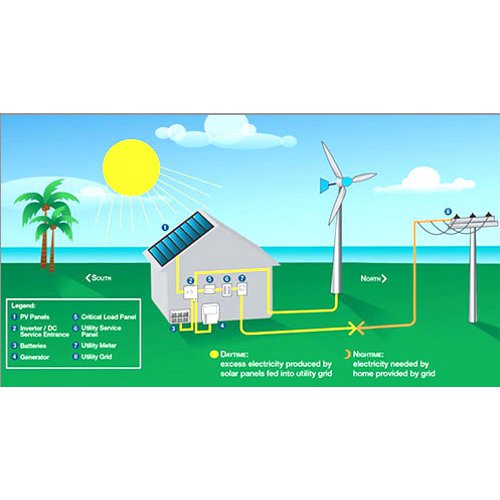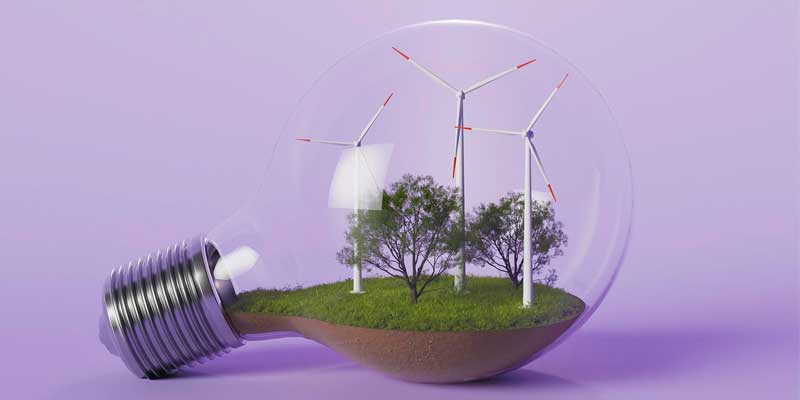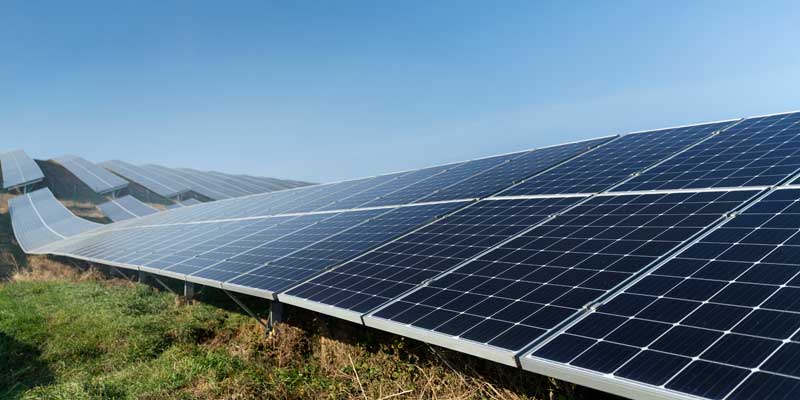Schedule a Call Back
Solar Energy System
Solar Energy System
Solar energy is one of the most attractive renewable energies because of its flexibility - its capacity to power cities and industry using large solar plants while at the same time offering a stand-alone capability in the most isolated rural regions.
The heat emitted by the sun can be used directly, for residential, commercial and industrial applications via devices operating at temperatures under 100 deg C. This technology accounts for the lion's solar power generated worldwide.
The photovoltaic Effect
The photovoltaic effect (or photoelectric effect) converts light into electricity. It was discovered by French physicist Edmond Becquerel in 1839 and was first used in industrial applications in 1954.
The principle: an electric current occurs when electrons are displaced. For this to happen, photons (light particles) excite the outermost electrons of the atoms of certain semiconductor elements.
In practice, light hitting a photovoltaic cell is converted into electricity by a semiconductor, generally silicon. A photovoltaic panel is made up of several cells producing direct current, which is then converted into alternating current by an inverter. Panels can be used in small systems or large plants.
Solar Thermal Collectors
One of the most common collectors used in the flat-plate collector, which consists of an insulated box with a glass or plastic cover. Inside a dark metal plate absorbs the heat from the sun trapped inside the box. This heat is transferred to air, water or any other heat transfer fluid that does not freeze. A circulation system transports it’s to its point of use. The temperature difference compared to ambient air can be as high as 70 deg C.
Unglazed collectors also exist in rubber or plastic and are used to heat pools, for example.
Vacuum tube collectors are suited to industrial applications requiring high temperatures, such as cleaning slaughterhouses and pasteurizing canned food. They are made of glass vacuum tubes for optimal thermal insulation.
Inside, an absorber collects solar energy and transfers it to a fluid.

















